In 1908 Sarat Chandra Das published the Pag Sam Jon Zang by Sumpa-khampo. It has been hailed by Prof. G. Tucci: “It was composed with a wise and discriminating choice of older sources. Its purpose is to be a summa of Tibetan historical traditions, in which chronicles and myths, saints’ lives and cosmogonic legends, political changes and religious doctrines (lugs gnis) meet”. The importance of the work lies in passages quoted from the works of several predecessors, as he had access to a large amount of documents now lost.
The first part is a history of Buddhism in India beginning with the life of the Buddha, the rise of various schools of Buddhism, the lives of great philosophers and masters, the destruction of Nalanda and other monasteries, siddhas, evolution of grammar, metaphysics, medicine, and poetry. Detailed list of contents provides ready access to any topic. The Index at the end gives a summary of the life of every person, place, monastery and serves the purpose of an English translation of the Tibetan text.
The second part is the history of Buddhism in Tibet. The analytical list of contents in 26 pages is a resume of every item discussed in the Tibetan text. It is a veritable translation of the Tibetan text. Prof. Lokesh Chandra has added a detailed index of 33 pages so that every detail can be located at a glance.
For the last hundred years it has been a vade-mecum for the study of the rise and development of Buddhism both in India and in Tibet. It has been out of print for decades. This reprint with a continuous pagination for ready reference and a newly prepared detailed index at the end of part II is a rich sourcebook for Buddhist studies in their multiple aspects, such as art and philosophy, sociology and history. Sumpa-khampo chronicles the flow of Buddhism throbbing with intense life, in new trends born in the pilgrimage to spiritual yearnings.

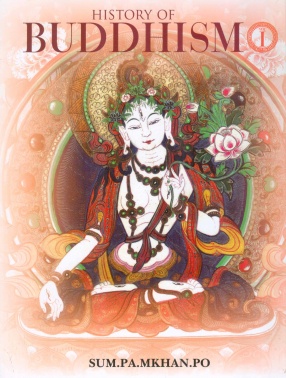
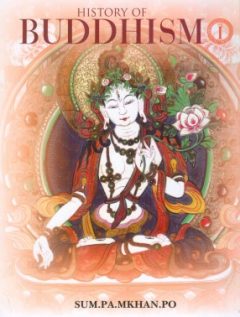
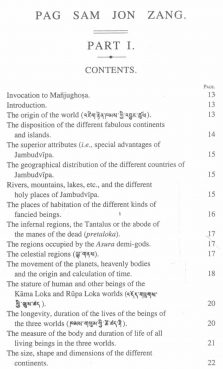
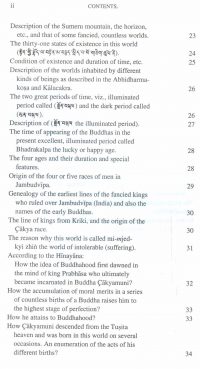
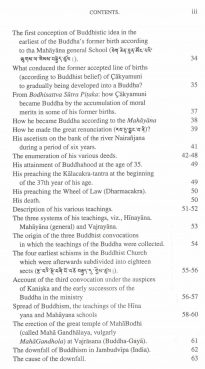

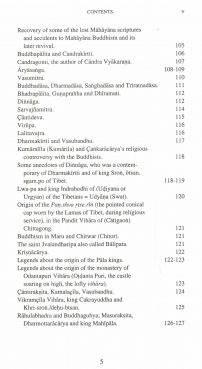
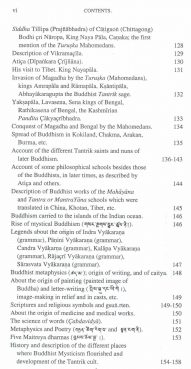
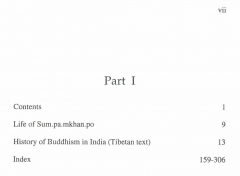
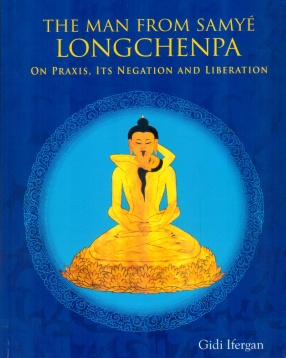
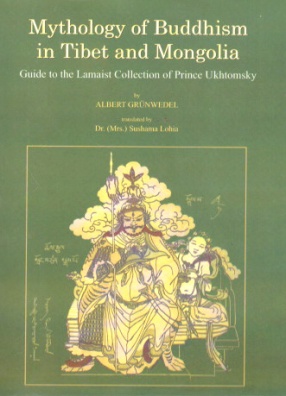



There are no reviews yet.